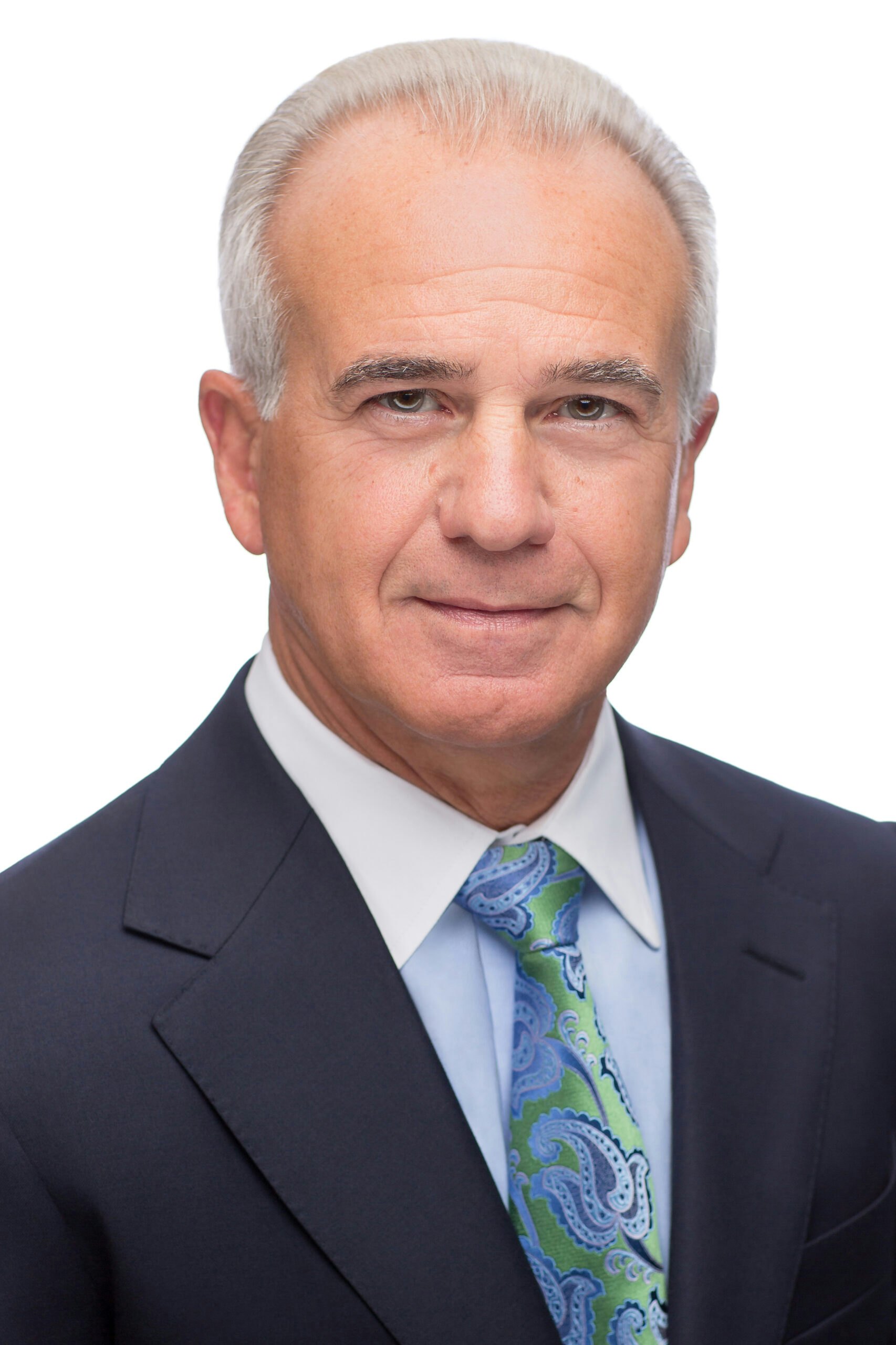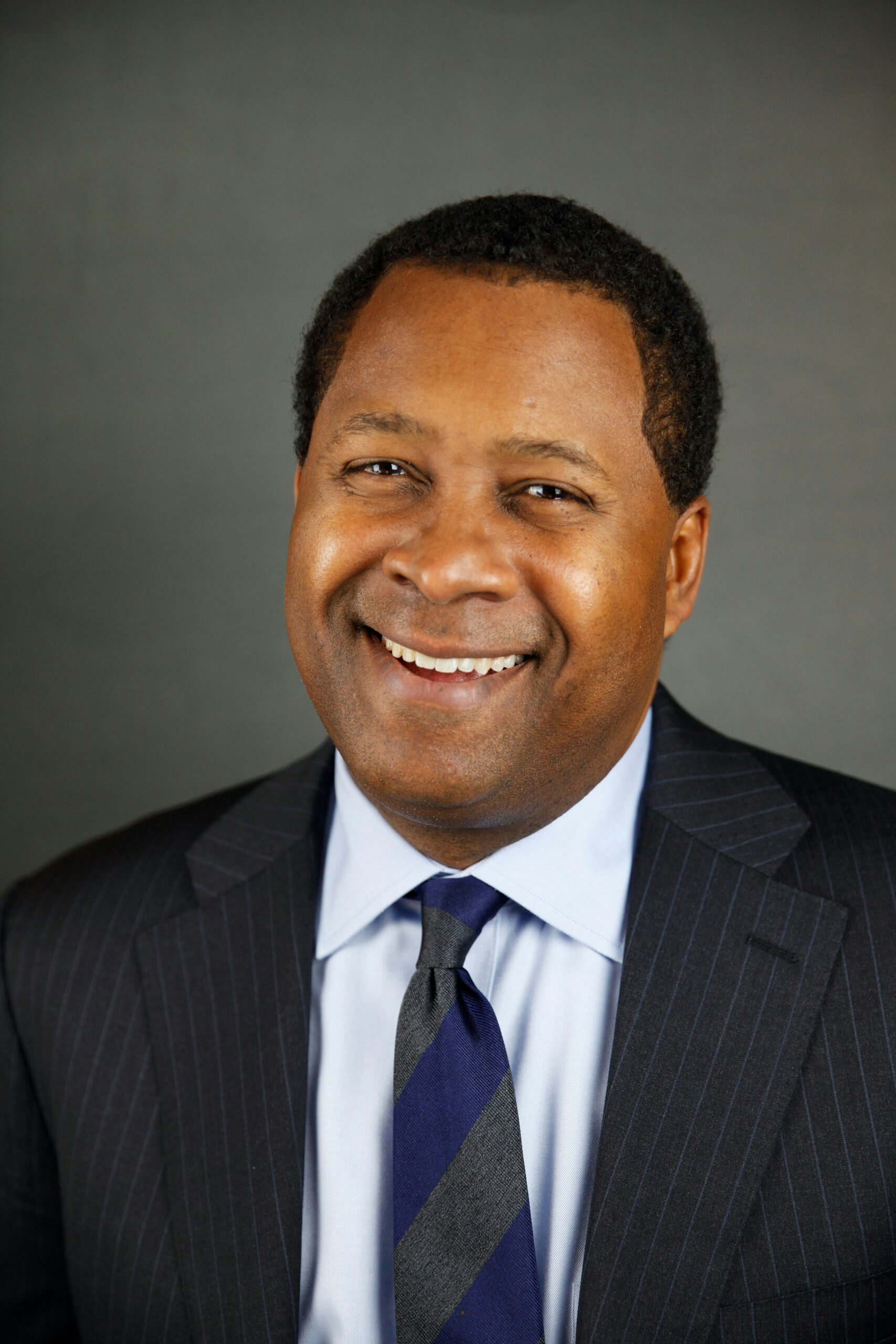Jim Towey is another BCAer whose career has been filled with fascinating experiences. Prior to serving as Director of the White House Office of Faith-Based and Community Initiatives from 2002-06, Towey served as Secretary of the Florida Department of Health and Rehabilitative Services and later represented Mother Teresa for 12 years as her attorney and trusted advisor in the U.S.
Jim Towey is another BCAer whose career has been filled with fascinating experiences. Prior to serving as Director of the White House Office of Faith-Based and Community Initiatives from 2002-2006, Towey served as Secretary of the Florida Department of Health and Rehabilitative Services and later represented Mother Teresa for 12 years as her attorney and trusted advisor in the U.S. In recent years he served as President of St. Vincent College (where President Bush was the commencement speaker in 2007) and Ave Maria University (2011-19). In 1996, with Mother Teresa’s encouragement, he founded the nonprofit advocacy organization Aging with Dignity and created the Five Wishes advance directive, which has sold 40 million copies and is used in all 50 states. His book, To Love and Be Loved: A Personal Portrait of Mother Teresa will be published by Simon & Schuster on September 6. The royalties from the book will go entirely to Mother Teresa’s Missionaries of Charity and other faith–based organizations that are pro-life, serve the poor or evangelize.
Q: Can you share the story of how you came to meet Mother Teresa – now St. Teresa of Calcutta – and work with her as an attorney?
I met her in Calcutta in 1985 when I was on a Southeast Asia trip for U.S. Senator Mark Hatfield. His friendship with her gave me the opportunity to go to Calcutta on the way home and meet her. She asked me to greet her Missionaries of Charity (MC) nuns in Washington upon my return, and they lassoed me into volunteering on Saturday mornings at their soup kitchen in Anacostia. The timing was providential because Mother Teresa needed a lawyer in the U.S. to run interference on visas for her Indian nuns and for government permission for the houses she was opening in America. Within three years, I left my job with the Senator and volunteered full-time for her for two years.
Q: How did getting to know her change you?
She was everything I wasn’t. She was focused, serious, joyful, and alive in Christ. I was living an empty life and she re-oriented my life from being self-centered to other-minded. She introduced me to the poor whom she described as “Jesus in His distressing disguise.” I was a lukewarm Catholic and had not met Jesus until then. She helped me get serious about my Catholic faith. I owe her everything. I met my wife Mary through our work with the MCs. Mother was the first person we invited to our wedding. She couldn’t come but she sent 35 of her nuns!
Q: How did your experiences with Mother Teresa inform your work leading President Bush’s landmark Office of Faith-Based & Community Initiatives?
When I volunteered and lived in the home she opened for AIDS patients in 1986, I met people who were drug addicts and/or prostitutes. They were dying of an incurable disease and very few had a friend in the world. I watched them respond to the love of the MCs and reclaim their God-given dignity. President Bush knew that government couldn’t love, but that faith-based organizations and the “armies of compassion” could transform the lives they touched. He was right. I saw that play out in the AIDS home countless times.
Q: “To Love and Be Loved” is described as a firsthand account of Mother Teresa’s last years, and the first book ever to detail her dealings with worldly matters. How did you choose the title and can you tell us something about Mother Teresa we might be surprised to know?
Mother Teresa said that the most important need of a person was to love and be loved. She put that belief into action. The book describes some of the difficulties she had with the government – and with Catholic Church officials, too. I got to travel with her and witness her beautiful humanness, which I recount in the book, her dealings with President Reagan, Hillary Clinton and others. She became a saint not in spite of her humanity but because of it. She was real. Yes, she trusted God before all else. But she also loved chocolate, she cried, she knew darkness, she missed her family and friends. She was no plastic saint.
Q: Your book will be published almost 25 years to the day since Mother Teresa died, yet her example of selflessness and love seems needed more than ever. Is one of your goals with the book to use her story to inspire positive change?
Yes. She said that Calcutta was everywhere around us. Many are starving for the bread of friendship and thirsting for understanding and acceptance. She said the worst disease she had seen wasn’t leprosy or AIDS but loneliness. The pandemic and its emphasis on social distancing has isolated so many people. The book reminds us that the poor – both materially and spiritually – need us. And believe it or not, we need them. They have the power to teach us how to be more fully human and live more purposeful lives. Mother Teresa’s life and legacy have much to teach us.




























